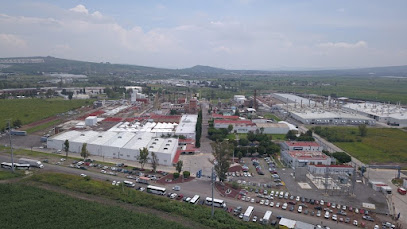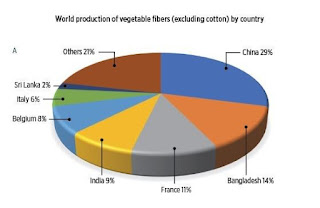Hexagon Purus receives €30 million order from bus OEM

Norwegian hydrogen storage specialist Hexagon Purus has signed a long-term agreement with a European bus manufacturer to supply hydrogen tanks for the customer’s next generation of 12- and 18-meter fuel cell buses. Hexagon Purus does not name the OEM. However, the Norwegians specify that it is an existing customer and that the supply contract has exclusive status. The hydrogen tanks destined for the bus manufacturer will be manufactured in the Hexagon Purus plant at its German subsidiary in Kassel. The deliveries are scheduled for the period from 2021 to 2024. The Norwegian company puts the value of the order at around 30 million euros, whereby this sum already includes some deliveries made in the current year. Specifically, storage systems are to be the subject of the contract, which will include the lightweight Type 4 cylinder from Hexagon Purus, which, according to the manufacturer, “enables a range of 350 kilometers”. Michael Kleschinski, Executive Vice President of Hexagon Purus,




